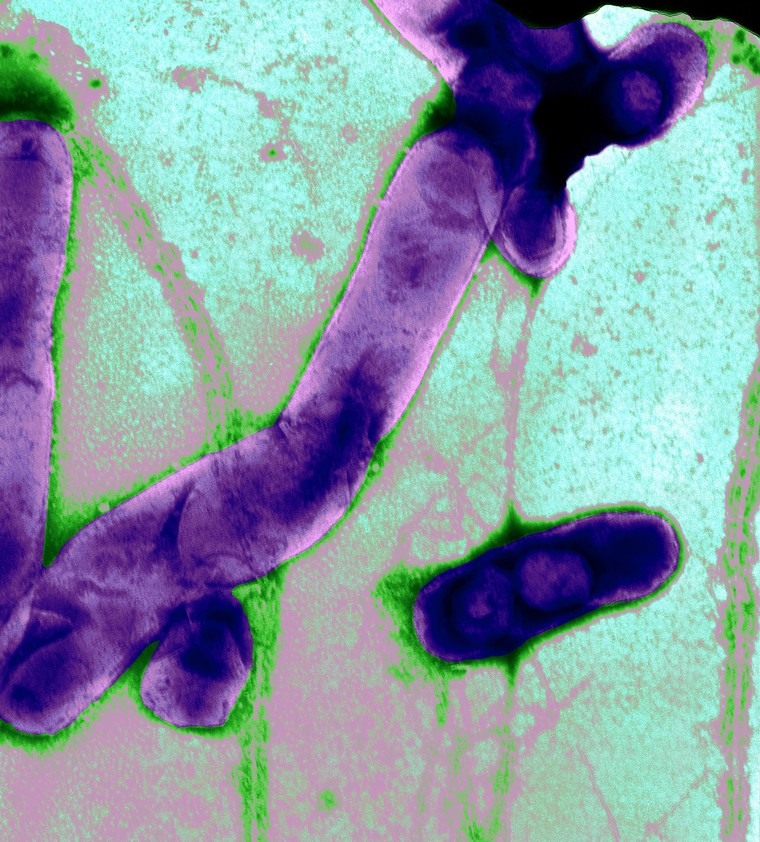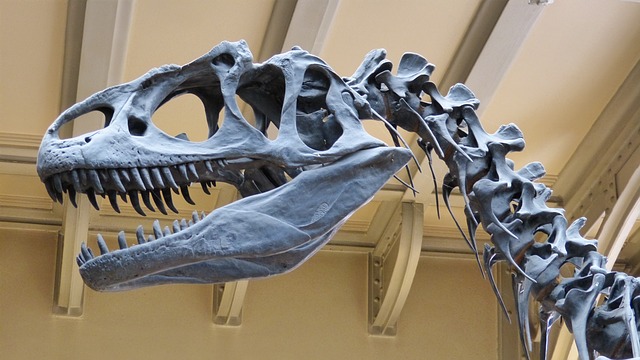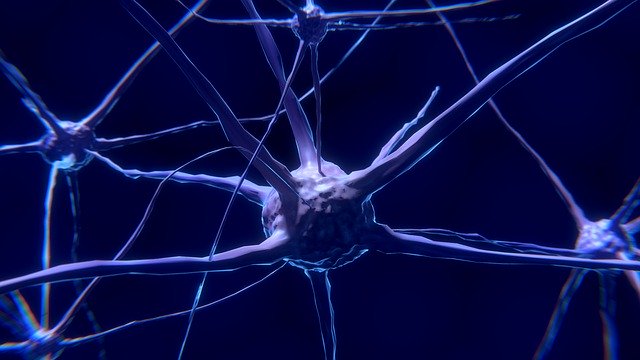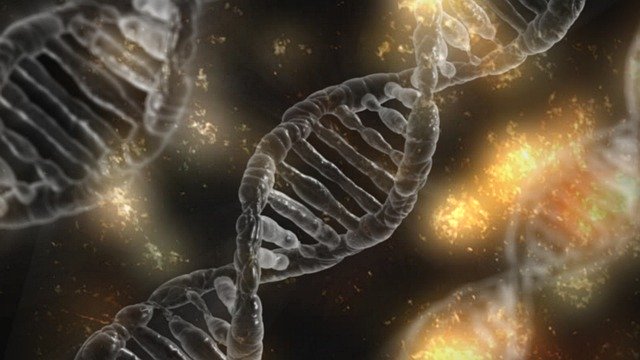Reading ecologist Professor Tom Oliver has written a new book, The Self Delusion, which explores how people, animals, plants and the planet we live on are all intimately connected – and why that matters. We’ve dug out some surprising science from the book which will make you re-think just how individual you are.
1. We’re only half human

Our bodies contain 37 trillion human cells, and roughly the same number of bacterial cells. Every surface of our bodies – from our faces to our armpits, from the insides of our mouths to the deepest depths of our guts – are covered in these microbes. We have over 1,000 bacterial species in our mouths, 440 in our elbow joints and 125 species behind our ears.
2. We’re part of a constantly recycling soup of molecules
We shed about 1 million microscopic particles every hour, including a mix of microbial cells which form our own unique ‘fingerprint’. When you share a room with someone, every breath you take contains molecules that were part of their body. Each lungful is a dense fog including molecules that were also part of countless other plants and animals, even dinosaurs that lived millions of years ago.

3. You’re not who you were five minutes ago
Your brain is composed of around 170 billion neurons with the connections between them being formed and lost at a rate of up to 250,000 every second. The pattern of connections in your brain determines your personality, so it could be said that you are not exactly the same person that you were five minutes ago.

4. We don’t get all of our genes from our parents
Human cells have around 24,000 genes in their DNA. We think of all of our genes as coming from our parents, but around 145 have travelled horizontally across the tree of life, carried into our genetic code by viruses that have infected us in the past. This makes the ‘tree’ of life a great interconnected network – it’s actually more of a tangled hedge.

5. No person is an island
The neural network in your brain is altered by every word, touch or pheromone* that you receive from other people. That means that our inner selves are constantly connected to, and altered by, others.
*chemicals released by our bodies which have an effect on the behaviour or bodily functions of others.

6. ‘Group think’ is real
Ideas, behaviours and preferences flow between us in a way that makes it unclear where one mind ends and another begins. Through social networks we can influence other people’s taste in music, voting choices or obesity risk even though we may never have met them.
7. No idea, thought or invention is entirely new

We like to think of inventors as lone geniuses. But the incandescent lightbulb, thermometer, telephone, steamboat and hypodermic needle were all invented simultaneously by multiple people in different locations. Inventions are usually an inevitable next step in a long chain of interdependent innovations – not the domain of a lone genius, but the outcome of the whole interconnected human endeavour.
When people recognise how interconnected they are with nature they tend to be happier, have a greater sense of autonomy and personal growth, and are more likely to protect the environment. When they recognise their interconnectedness to other people they are less anxious, feel a greater sense of wellbeing and have more empathy.
Professor Oliver’s new book explores how re-thinking our sense of self could hold the key to tackling the enormous challenges we will face in the coming decades.
The Self Delusion by Tom Oliver is published on 23 January 2020. There will be a launch event for the book on the same day at 7.30pm at Waterstones in Reading. Professor Oliver will also give a public lecture exploring themes from his book on 26 February – see details.
